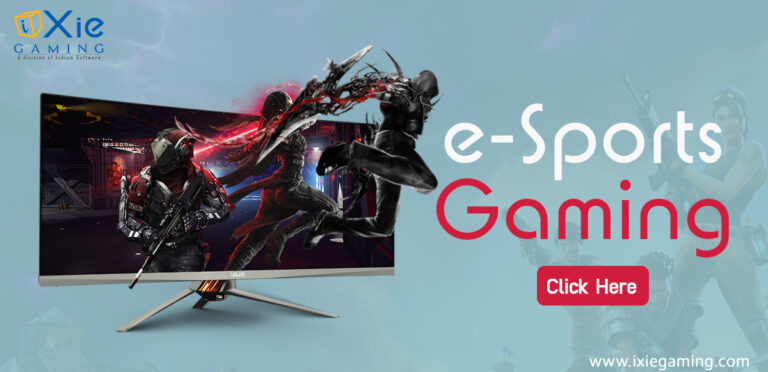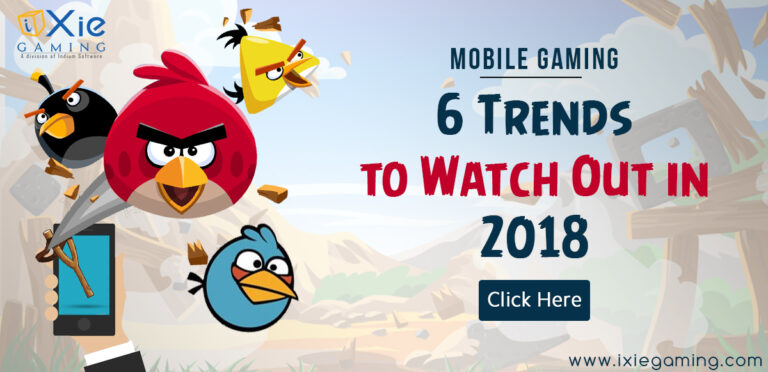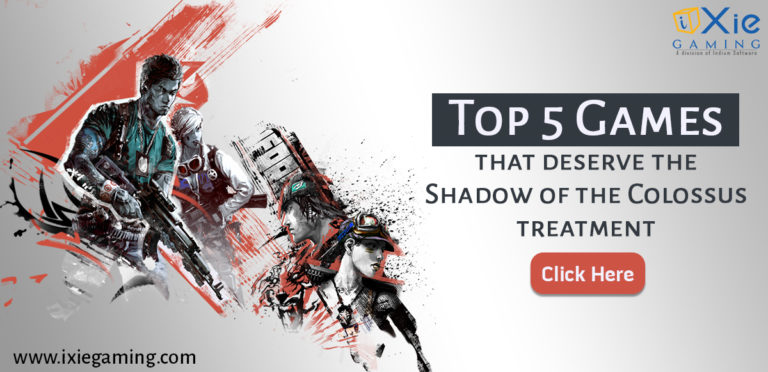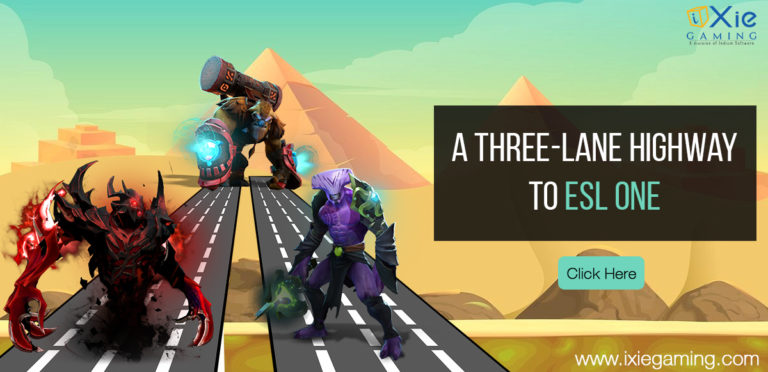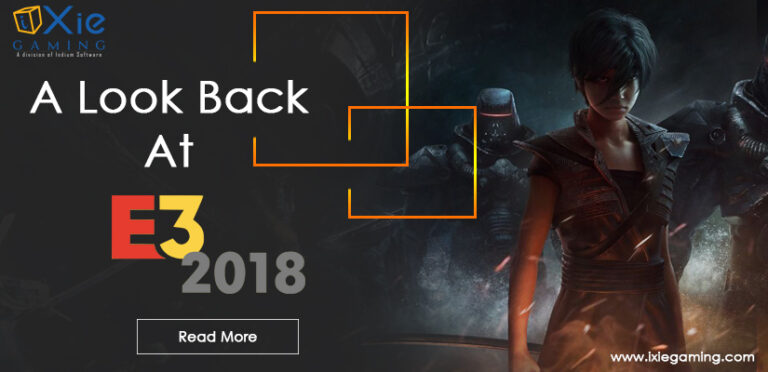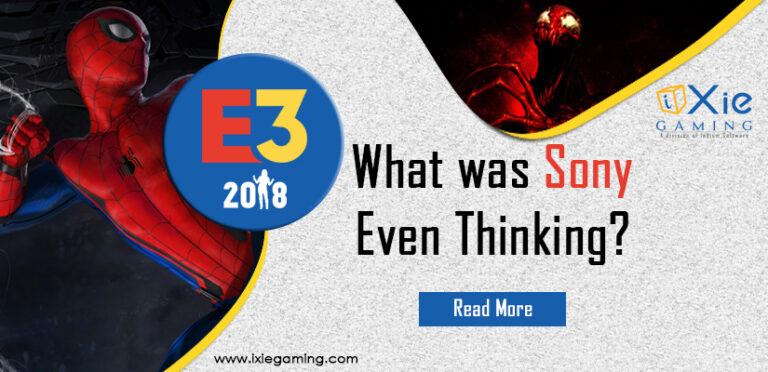Google’s grand plans for the ‘future of gaming’ has been unveiled in the form of Stadia, a platform that is unlike any we have seen in the history of gaming. The tech unveiled in the event felt like a natural evolution of technology used in games. Gaming started in arcades, then in the form of home consoles with cartridges, which evolved to CD’s, then DVD’s, then Blu Ray’s, and then on flash storage for the Vita and then back to Mask ROM cartridges for the Switch. Cloud-based gaming without a need of a console, as many believe and have addressed, seems like the future of gaming if Google’s Stadia is any indication. The reveal event had a lot of impressive features to show, and showcase felt much like the PS4 unveil event back in February of 2013 with proof of concepts and a controller reveal. And much like the PS4 event, several other vital information like pricing was left out. While Google has mentioned that more will be revealed this summer (ala PS4), few crucial questions do tend to stick out inducing a fair bit of scepticism over its new platform. Let’s analyse some of the more crucial aspects of Stadia that have been left unanswered during the reveal event.
Monetization Method
What is the price? That’s the most popular among Stadia’s mysteries right now. But the more important question, in my opinion, is, what type of business model will be adopted to monetize the service. The industry trend currently is that any game platform, be it PlayStation, Xbox or PC has a price of admission in the form purchasing the hardware required. Distribution platforms where a game can be purchased like Steam and Epic games store are free of cost. And game streaming service like PS NOW and Xbox Game Pass is monetized through subscriptions at the expense of free games as part of the service. But Stadia looks to take all of the above forms, by serving a platform to make games, be a streaming service to access those games (albeit without the need of downloading them unlike PS Now and Xbox Game Pass), and most probably sell those games in its own storefront. Google’s new service does not have hardware to charge a $300-400 premium to begin the service. A subscription model would mean that they have to cater to the expectation of free games that comes with such a business model. If so, how will game purchases be made? It looks like whichever model Google chooses will contradict to the market trends. The other way of looking at it is Google can choose whichever model it sees fit and make it look good with some clever PR. Whatever the case, I honestly feel that their approach would be pro-consumer and would offer immense value. And if there is one company that can afford to offer great value for the sake of a vast customer base, it’s Google. Microsoft is already doing it with its array of services. If MS can, so can Google.
Where are the games?
Doom Eternal is coming to Stadia. Great. But what else? Going into the live stream I was expecting some kind of game announcements or at the very least, support for a few already released AAA games. And at one point I really thought that this was going to happen as a shout out was given from the stage to Yves Guillemot who was in the audience, for Ubisoft’s partnership to offer AC Odyssey to be tested on this service last year. So just when I was ready to get hit by the announcement of games, the show drifted off elsewhere. What transpired later only brought my hopes further down, as any games mentioned seemed to be way too early in development or only existed as concepts. Furthermore, while mention of studios and developers kept floating in the event, big guns like EA, Take-Two, and even Ubisoft was never mentioned or hinted to be providing any kind of support. We have seen time and again that the games decide the success of a platform. And while Google’s own Stadia development studios is a positive sign, lack of third-party developers’ support may sound trouble for the service. Google has hinted at more being revealed later and from where I see it, this event needs to be big on games. Show only games. Speak only games. Then release your service. Here’s hoping they do just that.
A Streaming platform. But at what bandwidth?
Streaming is great. Platforms like Netflix and Amazon Prime has shown us the luxury of binge-watching along with other conveniences of streaming. Streaming games though is a whole other ball game. There have been companies in the past that have attempted this and failed, (remember OnLive?) and there are companies that still struggle to provide a consistent experience (PS Now). Both companies at one point claimed that a 5 Mbps download speed would suffice to get the best experience, which is far from the truth in practice. Considering Google’s lofty ambitions in terms of graphics fidelity and mechanics in its games, one would wonder what kind of internet speed is required to get the most out of the service? Unfortunately, this is a question that only Google can answer, as technology has indeed come a long way since OnLive. Optimisation often does wonders, and we can only wait and see how far Google will take it.
How many of the extended features will stay relevant in a few years?
With every new console/service come features that are new and exciting. Some of these features make sense and stand the test of time, like the rumble feature in game controllers. Then there are features like the Xbox One’s Kinect and DualShock 4’s touchpad that is exciting at first but then lose their significance rather quickly. With not much hardware to play with, Stadia’s features come in the form of different types of user experiences. Admittedly some of the features like Stream Connect and State Share are intriguing and may prove to add a lot of value to the service. However, features related to content creators do seem redundant from the get-go and it already has some raise their eyebrows. With the Crowd Play feature, for instance, streamers do have a great way to engage with their audiences. That said, considering the toxicity that is visible in YouTube comments for streamers, they also stand a chance of getting trolled by their own viewers in their own games. Google has mentioned that the content creators will have full control over these features, so here’s hoping that this is put to good use.
Will Stadia evolve into the next Google Play?
All scepticism aside, what Google showcased in the event was truly impressive. If we assume that everything revealed stays true and functions as promised, Stadia would turn into a haven for developers big and small. This, of course, comes with its own set of problems. The initial drought of games that occurs in any new game console/service may mean that Google gives the green light for any new game that is made for the platform which may result in rushed, lack lustre games making it to its library. Google needs to implement strict quality checks before a game hits its platform to ensure that it does not mutate into another Play Store or Steam filled with shovel ware. It would be interesting to see what sort of approach Google takes in managing the sales of games on its platform.
Google revealed plenty while holding back even more during the event. By the looks of it, Google does seem like a legitimate competitor for Sony and Microsoft. It all depends on how well Google executes the service, the pricing, and above all, the games. With Microsoft also rumoured to unveil their new console at E3, 2019 just turned out to be more interesting than it already was.

